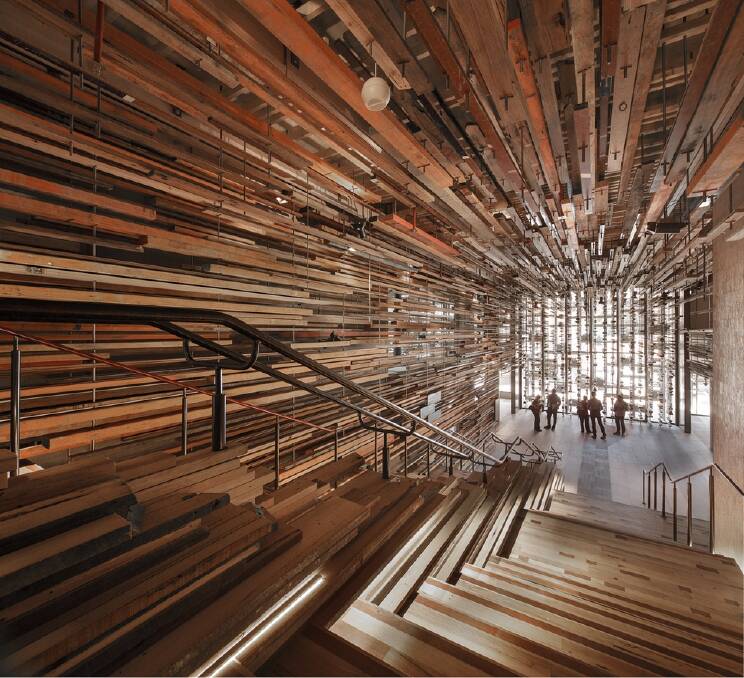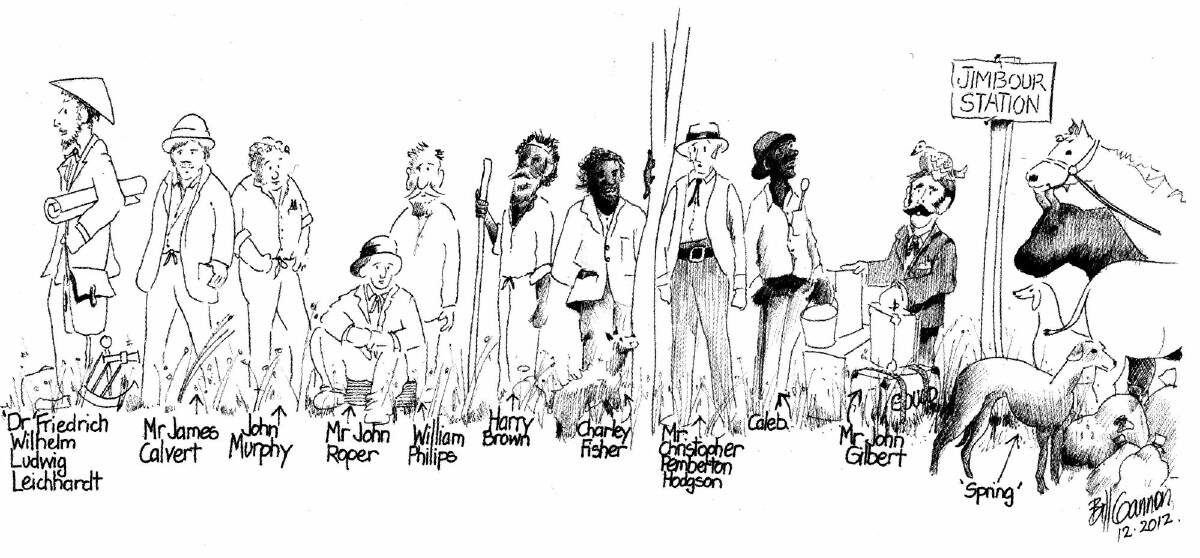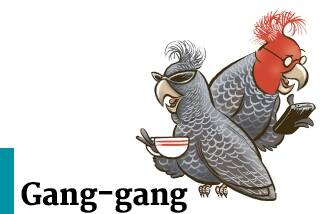In January 2013 we wrote, bubbling with centenary enthusiasm, that "If one had to nominate the seven man-made Wonders of Canberra then the Grand Stair just installed in the Nishi building in NewActon would jostle for a place."
Subscribe now for unlimited access.
or signup to continue reading
Now our certainty that the Grand Stair (it ascends to the foyer of Hotel Hotel) is a wondrous thing is powerfully endorsed by the famous (and dangerously addictive) pictorial website Distractify.

For Distractify, Matt Buco has compiled an album of 30 of the world's captivating ceilings. And one of the chosen 30, sharing the elite list with the God-depicted ceiling of Rome's Sistine Chapel, with (crikey!) the Peacock Room at Sammezzano Castle in Italy, with (goodness!) the Summer Palace at Beijing and (gasp!) the Gran Hotel Ciudad de Mexico in Mexico City, is (wow!) the Nishi Grand Staircase Interior in Canberra, Australia.
Prepare for 30 exclamations of wonder when you look at Buco's selection, just as we went "Gosh!" when we first saw the not-quite-completed Nishi masterpiece.

At the time we asked for a guided tour and explanation of it and dashing young NewActon Molonglo Group mover and shaker Nectar Efkarpidis obliged.
He explained that the design is by March Studio of Melbourne and that, in Nishi's spirit of sustainability, the staircase and interior uses reclaimed timber from a dismembered house, from a demolished basketball court, from the Nishi building site itself and offcuts from the building's own distinctive blackbutt (Eucalyptus sp) facade. No two fragments of wood are the same. There are polished ones and rough ones, painted and unpainted ones, unblemished ones and others scarred by nails.
Above the staircase, but echoing it, and mightily impressing Matt Buco, there's a ceiling space, a ceiling feature, made from 2150 more pieces of wood and then at the foot of the stairs there's a continuing feature in the wall space.
It is all indescribable (why not go there for yourself, perhaps before or after you go to a film at Palace next door?). But to us it did feel, standing on the stairs and surrounded by thousands of horizontally "flying" pieces of wood (the pieces are held together by hundreds of steel rods) as if one was in the middle of the frozen explosion of something wooden (a Spanish galleon perhaps) that has just been powerfully blown up, with its smithereens hurtling away.

Some of you will need to be converted to the idea that ceilings can be special, but Buco's portfolio will convert you in a trice. But it just so happens that your dear old atheist columnist is a lifelong visitor to old churches (especially in England's East Anglia) where upper interiors and ceilings are sometimes major glories of the premises. One of the modern ceilings of Buco's selection is the Pool at the Lausanne Palace and Spa in Switzerland and features a ceiling twinkling with stars. Quite recently I was at the church of St Nicholas (built 1503) at Salthouse in Norfolk, and looking up at a wooden stretch of its ceiling there is a dark blue night sky teeming with stars. Those stars turned out to be starfish harvested from Salthouse's nearby North Sea beach and fixed to dark blue firmament of the ceiling. Without my lifelong looking up habit I would have missed this wonder.
What if, in parochial imitation of young Buco, we look for the very best of Canberra's under-noticed, under-celebrated ceilings? Please send us your nominations.

Clicking with Ludwig Leichhardt
Why does the mustachioed man in this cartoon have a bird on his head? Read on.
Tuesday's launch of the Australian Dictionary of Biography's interactive, digital map of Ludwig Leichhardt's 1844-1845 expedition also saw the launch of the ADB's rather grand ($45 a pop) paper version of the map. The paper version comes with this character-filled cartoon by Bill Gannon. In it the members of the expedition, including the famous Spring (standing) the best and most beloved of the kangaroo-hunting dogs (specially bred, half greyhound for speed half monster for ruthless brutality), are preparing to leave Jimbour Station on the Darling Downs to trek off into the northern unknown.
There's a lot going on in the cartoon. Leichhardt, in life an introvert, is at the far left, being introverted. Then there is a bird on the moustachioed man's head, symbolising that the head belongs to John Gilbert, the expedition's naturalist. Gilbert's skills included taxidermy and the inanimate-looking bird may be an example of his craft.
Tuesday's launch at the National Library of Australia was accompanied by a display of some of the library's Leichhardt-related treasures. They included the 1846 sheet music of The Travellers Return Song, a ditty "for accompaniment on the harp or pianoforte ... composed on the occasion of Mr Leichhardt's return to Sydney".
A contemporary writer had reported that "on 25th March 1846 the city of Sydney was electrified at the sudden appearance of the apparition of Dr Leichhardt and his party, with the single exception of Mr Gilbert the naturalist who had unfortunately been speared by the natives."
You can access the super-duper digital map at the ADB's website. Go to the biographical entry for Ludwig Leichhardt and click on the quite-well hidden link to the map (some readers have not been able to find it but it is there, under a rock, just below Leichhardt's portrait).

